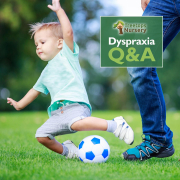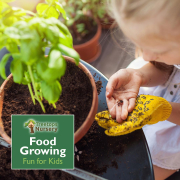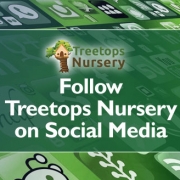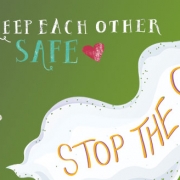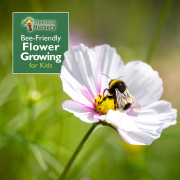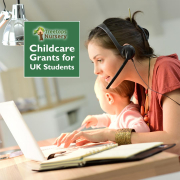A Guide to Healthy Eating for Preschoolers
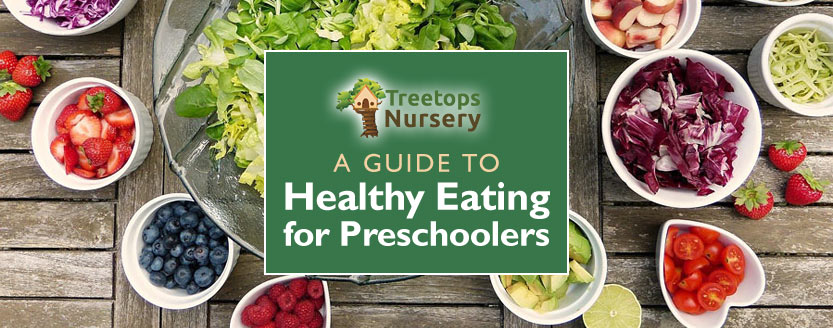
In today’s busy world, fast food and ready meals are a quick, easy and convenient choice. It’s common knowledge, however, that home-cooked food using fresh, high quality ingredients is always a better choice for adults and children alike. Freshly prepared food avoids many of the nastier things like additives, colourings, too much sugar, salt and processed ingredients. However it’s tricky, as we don’t always have time to start meals from scratch when we’re juggling the many demands of today’s frenetic world. Eating healthily is important, though, and even more so for very young children. We’ll explore this in today’s article …
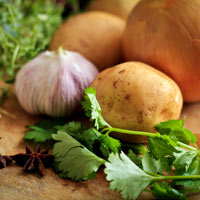 Healthy, Balanced Meals for Children
Healthy, Balanced Meals for Children
Eating more healthily requires a balance of factors. These include:
- ideally using fresh, healthy, quality ingredients whenever possible;
- meals that, over the course of each day, represent a balanced diet for children;
- care to ensure children are eating the right portion sizes.
Getting the balance of these right benefits growing children enormously. These include obvious benefits, like maintaining a healthy weight, along with some surprising benefits like the avoidance of certain diseases later in life. We’ll take a closer look …
 The Benefits of Healthy Eating for Children
The Benefits of Healthy Eating for Children
Eating a healthy, balanced diet from an early age:
-
- helps children to get into the habit of healthy eating as they grow older;
- gives children the vitamins, minerals and nutrients that, critically, their growing bodies need for full and optimum development;
- helps children maintain energy levels needed for their activities each day;
- helps to maintain cognitive function, mood and good mental health;
- helps children avoid obesity and the health risks associated with it;
- helps children to have a better self-image and thereby to be more confident with better self-esteem and mental wellbeing;
- means that children are less likely to be bullied for being overweight;
- helps children to avoid diseases later on including heart and blood pressure issues, diabetes and perhaps even cancer. That’s an incredible, often overlooked benefit!
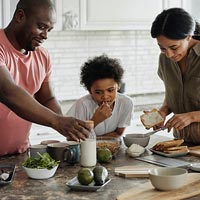 What Should Children be Eating & Drinking?
What Should Children be Eating & Drinking?
Pre-school aged children should have six to eight drinks every day. These should ideally be water and sometimes milk, but not sugar-rich drinks.
They should be eating three meals and two or three healthy snacks. Ensure that the meals comprise a balanced diet i.e. one that gives them all the things they need to be healthy, to grow and to thrive. A good rule of thumb is to make sure that four food groups are always covered in each day’s food intake:
| Food Group | Possible Source | Notes |
|---|---|---|
| Starch | Pasta, rice, cereal, potato, bread | Contains starch (for energy), Vitamin B and calcium. You can introduce wholegrain varieties if added gradually |
| Fruit & Veg | Any fruits and vegetables, ideally fresh but frozen, canned or dried is also OK | Contains Vitamin C & many other nutrients. Serve approx. 5 hand-sized portions per day |
| Dairy | Can include milk, yogurt & cheese (full fat versions for toddlers, semi-skimmed from the age of 2) | Contains calcium, Vitamin A, Vitamin B and potassium. Serve approx. 3 portions a day |
| Protein | Eggs, fish (occasionally include oily fish), meat, pulses, nuts, tofu, soya | Contains iron, zinc and much more. Serve approx. 2 portions per day |
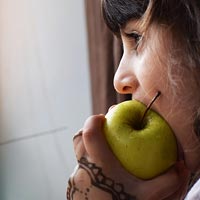 Portion Sizes
Portion Sizes
There are some useful ways to measure portion sizes for young children:
- For fish, meat, or the vegetarian equivalent, a portion size is about the size of the child’s hand.
- For fruit and cereal, a portion is about the size of the child’s fist.
- For vegetables, a portion size is anything from the size of the child’s cupped hand upwards. There is no upper limit so they can eat more if they like it — indeed vegetables are useful to fill a hungry stomach between meals if they’re feeling peckish, or when they ask for seconds.
- For starchy foods like rice or beans, one portion is about the size of the child’s cupped hand.
More detailed guidelines for portion sizes can be found here (external link).
“Children’s food preferences and eating habits are formed early in life and the time that they spend in early years settings provides an ideal opportunity to shape healthy behaviours.”
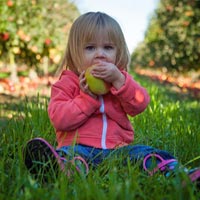 Healthy Eating at the Nursery
Healthy Eating at the Nursery
At Treetops Nursery, we recognise the importance of healthy eating in under-fives, particularly as healthy eating early in children’s lives can often set a pattern for life. In view of this, our in-house chef prepares balanced meals each day for the children. Only fresh, high quality ingredients are used and all special diets are catered for. We serve 3 high quality meals per day along with healthy snacks (fresh fruit/vegetables) mid-morning and mid-afternoon. Fresh drinking water is available at any time and all food and drink is included in our standard nursery fees. Take a look at a typical menu here.
A Nursery Place for your Child in Willesden, NW10
Perhaps you are looking for nurseries in Willesden or a nursery near Willesden Green, Harlesden or Kensal Green in London NW10. If so, please do consider a childcare place for your baby or child at Treetops Nursery. Select an option below and we’ll be in touch by return to confirm next steps.

